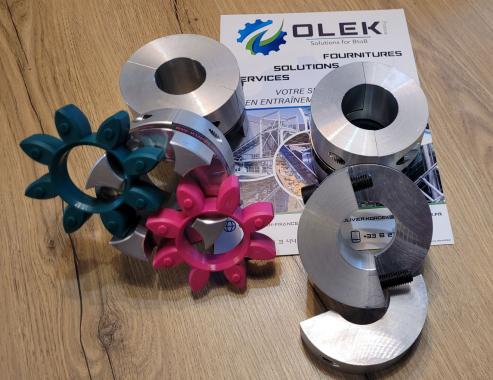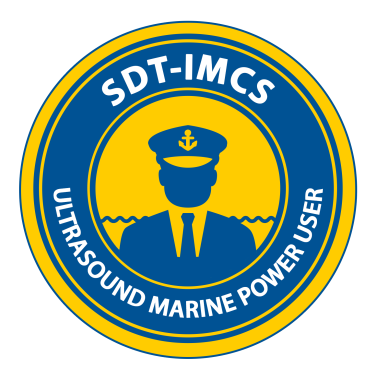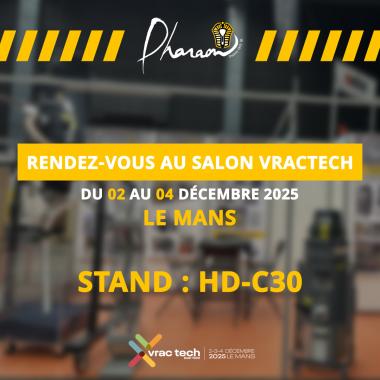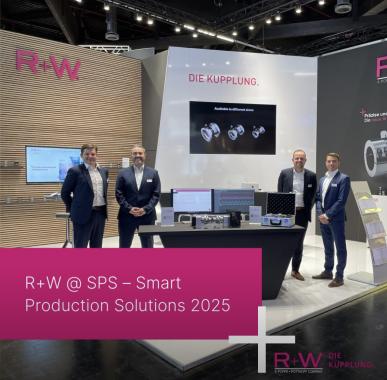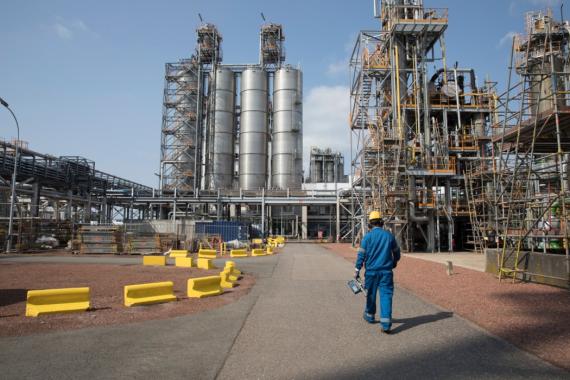Optimizing industrial life through digital twins
The digital twin is a valuable design and production support tool, particularly in industry. However, its applications now go beyond this framework. Eric Bantegnie, advisor to the CEO at Ansys , a leader in the publishing of software specialized in digital simulation, presents the range of applications for digital twins.
From analysis to design
The digital twin is the virtual replica of the functioning of a product, a process, or a service. " Originally, the digital twin was used as an analysis tool to understand why certain things did not work: a battery exploding, a plane crashing... We tried to reproduce the problem to understand it and so avoid it , explains Eric Bantegnie. Today, we manage to reproduce 99.99% of physical phenomena (thermal, electromagnetic, electronic, etc.) . As the simulation becomes more and more precise and faithful, it is also used in the design phase ”. It is thus possible to test the multiple possible options when designing a complex product in order to select the best one. “ The digital twin will, for example, make it possible to design the most robust car battery possible or the lightest airplane seat ,” specifies Eric Bantegnie.
Support the life of a system
The precision of digital twins led to a question: if we can create an extremely precise simulator of an object, why not use it in the product's operating phase? Eric Bantegnie thus gives an example in the automotive industry: “ All manufacturers try to go as fast as possible in the design of electric cars with the best performance. The simulation will be used to design the entire system: the power supply, the various parts of the car... The point is to make a digital twin of a car's electrical system. For each car produced, it will be possible to check whether the car in question continues to present the level of performance validated during the design ”.
Simulation thus accompanies the entire life of a system. “We can also cite the example of a pipeline, in the transport of fluid materials. With a digital twin, you can simulate its operation and check, throughout its operating life, that it does not become dirty and maintains a good level of performance. We then move on to a use of predictive maintenance, with the ability to identify the parts to be changed. The interest is to reuse the simulation work carried out systematically by the design teams, to benefit from it throughout the life of the product,” explains Eric Bantegnie.
Real-time simulation, with techniques integrating Artificial Intelligence, thus makes it possible to supervise system operation, suggest preventive maintenance and provide feedback to engineers on the best way to improve it. "We take advantage of the simulation so that the industrial life of the products is optimized", sums up the expert .
Multiple industrial applications
Companies of all sizes are interested in digital twins. “We work a lot with innovative start-ups on electric cars or autonomous vehicles, also in the space sector. These companies are very interested in the possibilities of predictive maintenance. Of course, we also collaborate with the research centers of large groups that use digital twins in production. Manufacturers are looking for validated solutions but they have fully integrated the interest of the digital twin. They reflect on the problems to be addressed, the priorities to be addressed, the ROI (return on investment) . We are in the classic industrial development phases ”.
The fields of application are very broad: aeronautics, automotive, heavy industry, energy, chemicals, pharmaceuticals, medical devices, IT, manufacturing of food packaging... Thus, electrification simulation solutions, from the cell to the system, support innovation in renewable energy in its various forms (wind, solar, etc.). In the nuclear industry, digital twins are used to guarantee the maintenance of assets or to develop innovative small modular reactors. “ We also worked with a very large IT group to create digital twins of equipment or processes to be automated using Artificial Intelligence. In fact, digital twins have the ability to generate the vast amounts of data needed to deploy AI faster and more cheaply than machines.
“ Formula E is a laboratory for automotive innovation. We collaborate with groups in this sector and it is very interesting because they work on complex problems, test a lot of things ”, adds Eric Bantegnie. For example, simulation software can play an important role in optimizing powertrain performance through data collection and electrical loss analysis.
What prospects for digital twins?
The acceleration of digitization contributes to the net deployment of simulation and digital twins. “ Six or seven years ago, we thought we were aliens. Today, industrial managers have integrated this tool and are considering its various possible applications ,” he says.
For the next ten years, the expert envisages three areas for improvement. “ The first is miniaturization and computing power. We seek to improve the speed of execution, it is a constant direction that follows Moore's law. The second axis is the growing use of artificial intelligence to develop digital twins of truly complex systems ”. Finally, embedding digital twins inside systems is emerging as another strong trend to come. “ The structure of a number of systems will enable this evolution. The interest is to create a fast communication between systems and digital surveillance twins. The development of embedded computing, everywhere, will accelerate this integration of digital twins ”, concludes Eric Bantegnie.
Our other news
See allJoin the largest community of industrial suppliers
- Helping you with your ongoing technology watch
- Provide you with detailed supplier statistics
- Give you international visibility
Discover the largest catalogue of industrial products on the market
- To offer you the best catalogue of industrial products on the market
- To guarantee you a 100% secure platform
- Enable you to have live remote exchanges
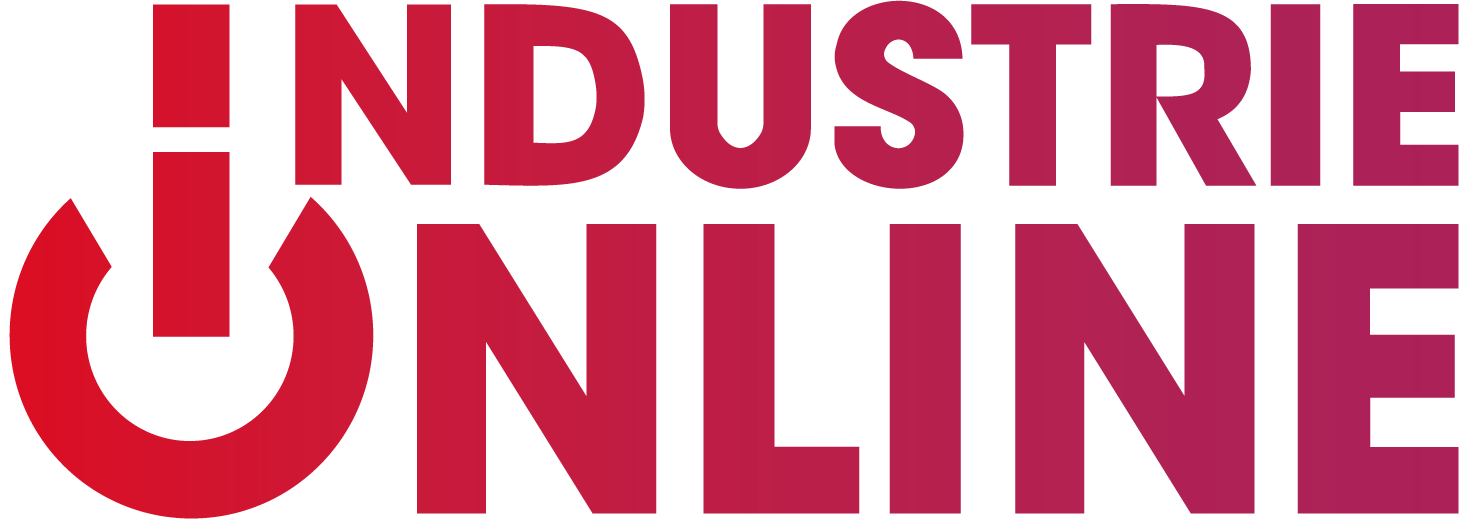

 Français
Français 